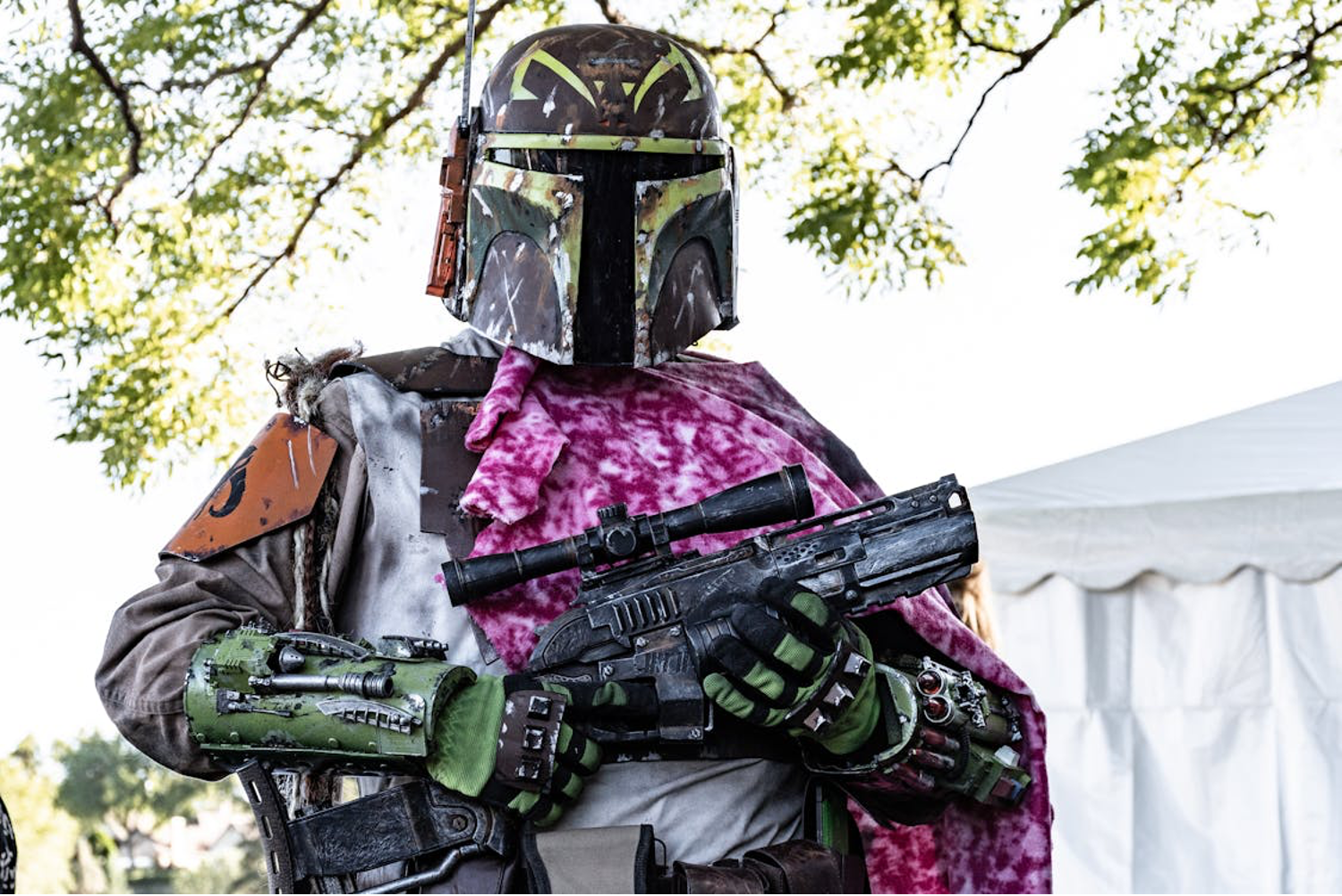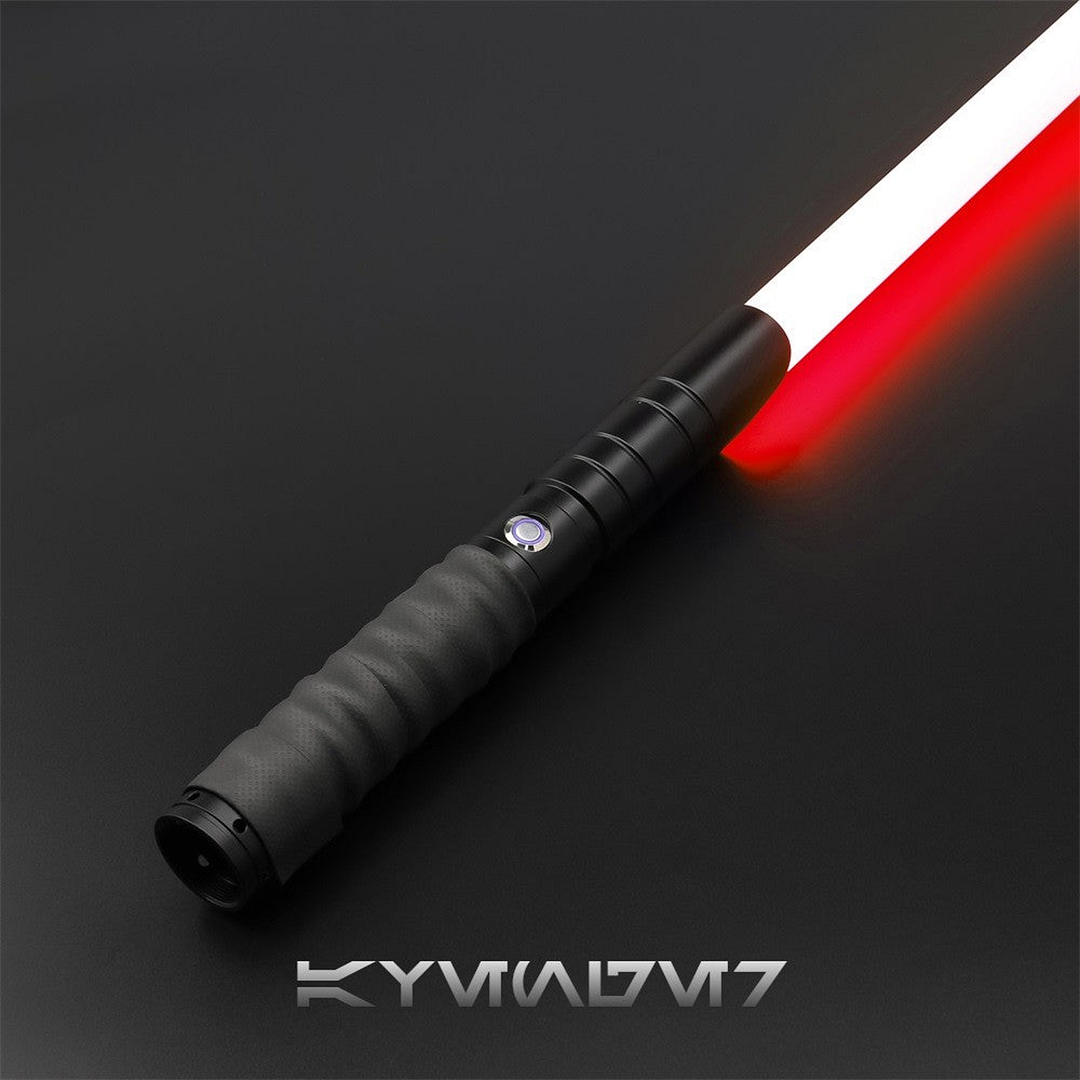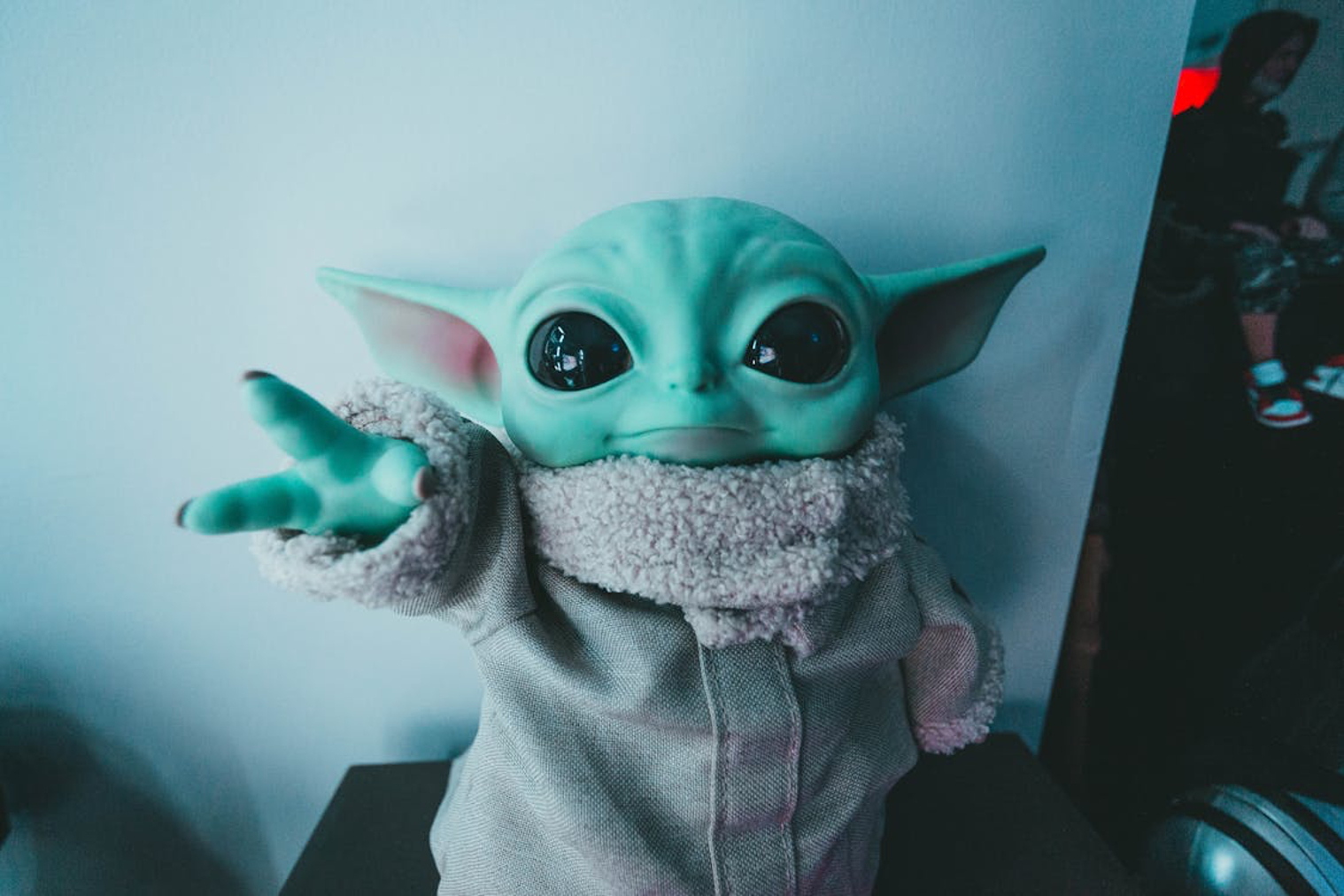
Selecting Star Wars-inspired toys can be both exciting and challenging.
The vast array of options ranges from action figures to intricate LEGO sets and the iconic lightsabers.
Each piece holds the potential to spark joy, inspire creativity, and even create lasting memories.
Here’s a guide to help you make informed choices that will ensure the toys you choose are cherished for years to come.
Action Figures: The Heroes and Villains Come Alive

Action figures are more than just toys—they’re tangible connections to the Star Wars universe.
These figures can transcend mere playthings, becoming gateways to storytelling, empathy, and even learning.
When choosing action figures:
- Character importance: The deeper a character’s story resonates with the collector, the more valuable the figure becomes. A character like Luke Skywalker, representing the hero’s journey, can be more than a toy—it’s a lesson in perseverance and morality. On the other hand, characters like Ahsoka Tano or Boba Fett appeal to those who appreciate complex narratives of growth or survival.
- Durability beyond materials: Look beyond the physical robustness and consider the long-term engagement potential. Figures with multiple points of articulation allow for dynamic poses, making them not just playthings but tools for creative expression. These can teach children about anatomy, balance, and even the physics of motion.
- Accessory interplay: Consider how accessories enhance storytelling. A figure like Darth Vader with his lightsaber isn’t just iconic—it symbolizes the ongoing struggle between light and dark. The right combination of accessories can transform a simple figure into a powerful tool for exploring themes like redemption, sacrifice, or identity.
Action figures, when chosen thoughtfully, can become companions in storytelling, teaching valuable lessons through the epic lens of the Star Wars saga.
Lightsabers: Wielding the Weapon of a Jedi

Lightsaber | galaxysabers.co.uk
A lightsaber is more than a toy—it’s a rite of passage into the Star Wars universe.
For many, it’s a symbol of power, responsibility, and the age-old battle between good and evil.
Choosing the right one goes far beyond picking a color or design.
When selecting a lightsaber:
- Understanding lore and legacy: Different lightsabers embody different legacies. For example, Obi-Wan Kenobi’s blue lightsaber symbolizes wisdom and defense, whereas Kylo Ren’s unstable red blade reflects inner turmoil and raw power. Choosing a lightsaber that aligns with a child’s personality or aspirational traits can deepen their connection to the story.
- Advanced sound and light features: High-end models not only light up but mimic the distinct ignition, hum, and clash sounds from the films. These auditory cues are crucial for immersive play, reinforcing the emotional stakes of each duel. Some models even have adaptive sound technology that responds differently to swings, parries, or strikes, enhancing the experience.
- Interactive and customizable elements: Some lightsabers offer modular designs, allowing the wielder to change the hilt or blade color. This feature can be an educational opportunity, teaching children about creativity, engineering, and the value of customization. Additionally, practicing with a lightsaber can develop hand-eye coordination, reflexes, and discipline, echoing the training of a true Jedi.
Galaxy Sabers has a really cool range of Neopixel and RGB lightsaber toys that are worth checking out.
A lightsaber is not just a toy; it’s an invitation to explore identity, morality, and the art of combat in a galaxy far, far away.
LEGO Sets: Building the Galaxy, One Brick at a Time

LEGO Star Wars sets are unique because they combine creativity, problem-solving, and narrative-building.
Each set is a challenge that, when completed, results in something tangible and deeply rewarding.
When selecting a LEGO set:
- Complexity as a learning tool: The difficulty level of a LEGO set can be matched to the builder’s developmental stage. For younger children, simple sets help develop fine motor skills and basic spatial reasoning. For older kids, intricate builds like the Millennium Falcon or AT-AT Walker offer lessons in patience, engineering, and strategic thinking. Completing a complex set can also be a significant confidence booster, teaching that perseverance leads to achievement.
- Display versus play balance: While many LEGO sets are built to be played with, others are designed to be admired. For instance, the UCS (Ultimate Collector Series) models are highly detailed, making them perfect for display. These sets often become conversation pieces, teaching children the value of craftsmanship and the pride of creation.
- Hidden narratives: Some LEGO sets contain Easter eggs or hidden features that reference deeper parts of the Star Wars lore. Discovering these can be a journey of its own, sparking interest in the broader universe and encouraging further exploration into the stories, characters, and themes of Star Wars.
LEGO Star Wars sets are more than building blocks; they are the foundation of creativity, engineering, and storytelling.
Plush Toys: Comfort Meets Fandom

Plush toys bring the warmth of the Star Wars galaxy into everyday life.
They’re often the first characters that children bond with, and they carry an emotional weight that transcends age.
For plush toys, consider:
- Emotional resonance: Characters like Baby Yoda (Grogu) evoke strong emotional responses due to their portrayal in the series. Choosing a plush character that mirrors a child’s traits—like Grogu’s curiosity or Chewbacca’s loyalty—can reinforce positive behavior or provide comfort during difficult times.
- Therapeutic qualities: Beyond being toys, plush characters can be therapeutic tools. Holding or cuddling a plush Chewbacca, for instance, might soothe anxiety or provide comfort during a tough day. Additionally, these toys can become part of bedtime routines, helping to establish a sense of security and continuity.
- Narrative integration: Children often weave these plush toys into their own stories. A plush R2-D2 might become the trusty sidekick on everyday adventures, fostering imagination and storytelling skills. This process of imaginative play is critical for cognitive development, as it helps children process emotions and learn social skills.
Plush toys serve as emotional anchors, blending the magic of Star Wars with the comforts of home.
Role-Playing Gear: Becoming the Characters They Love
Role-playing gear offers an immersive experience that transforms a child’s world.
It’s more than just pretending—it’s embodying the values, strengths, and challenges of their heroes.
When buying role-playing gear:
- Psychological impact: Wearing a Jedi robe or holding Rey’s staff can empower children, helping them build confidence and self-identity. By stepping into a character’s shoes, children explore different aspects of their own personality, whether it’s Luke’s determination or Leia’s leadership. This kind of play can also promote empathy, as kids better understand the motivations and challenges their characters face.
- Physical activity and skill development: Engaging in lightsaber duels or practicing with a blaster requires physical activity, promoting fitness and coordination. Additionally, these activities can introduce kids to the basics of martial arts, teamwork, and strategy—skills that are valuable both in and out of play.
- Cultural significance: Star Wars costumes and gear are often tied to deeper cultural messages. Wearing a Mandalorian helmet might spark a conversation about honor and creed, while wielding a purple lightsaber like Mace Windu’s might delve into discussions about balance and wisdom. Such gear can become tools for teaching broader life lessons and values.
Role-playing gear transforms playtime into an exploration of identity, culture, and personal growth, making the Star Wars saga a lived experience.
Board Games and Puzzles: Strategy in a Galaxy Far, Far Away
Board games and puzzles bring the strategic and intellectual challenges of Star Wars into the home.
These activities encourage family bonding while teaching valuable life skills.
When choosing games or puzzles:
- Strategic engagement: Some Star Wars board games, like Imperial Assault or X-Wing Miniatures, are not just casual games—they’re strategic experiences that require critical thinking, resource management, and forward planning. These games can foster analytical skills and teach the importance of patience, adaptability, and long-term thinking.
- Storytelling through gameplay: Many Star Wars board games incorporate narrative elements, allowing players to relive classic moments or create new stories within the Star Wars universe. This not only enhances engagement but also encourages creative problem-solving as players navigate the challenges posed by the game.
- Puzzle complexity: Star Wars puzzles often depict detailed scenes from the movies, requiring attention to detail and patience. Working through these puzzles can be a calming, meditative experience, fostering focus and mindfulness while connecting players to the visual and thematic richness of the Star Wars world.
Board games and puzzles offer more than entertainment—they provide opportunities for strategic thinking, creativity, and meaningful family interactions.
Whether you’re seeking toys that bring favorite characters to life, foster creativity, or simply provide comfort, the Star Wars universe has something for every fan.
From the thrill of wielding a lightsaber to the satisfaction of completing a LEGO set, each choice carries the promise of creating moments that matter—whether it’s a thrilling battle reenacted on the living room floor or a peaceful night’s sleep beside a beloved plush companion.
By thoughtfully selecting each item, you’re not just buying a toy—you’re investing in experiences that will resonate for years to come.





